Is Putter Tech a Myth? We Tested Models From Three Different Eras To Find Out
Two classic putters in the form of the Wilson 8802 and the Ping Anser take on the cutting-edge L.A.B. Golf Mezz.1 Max to see if modern technology actually makes a difference on the greens
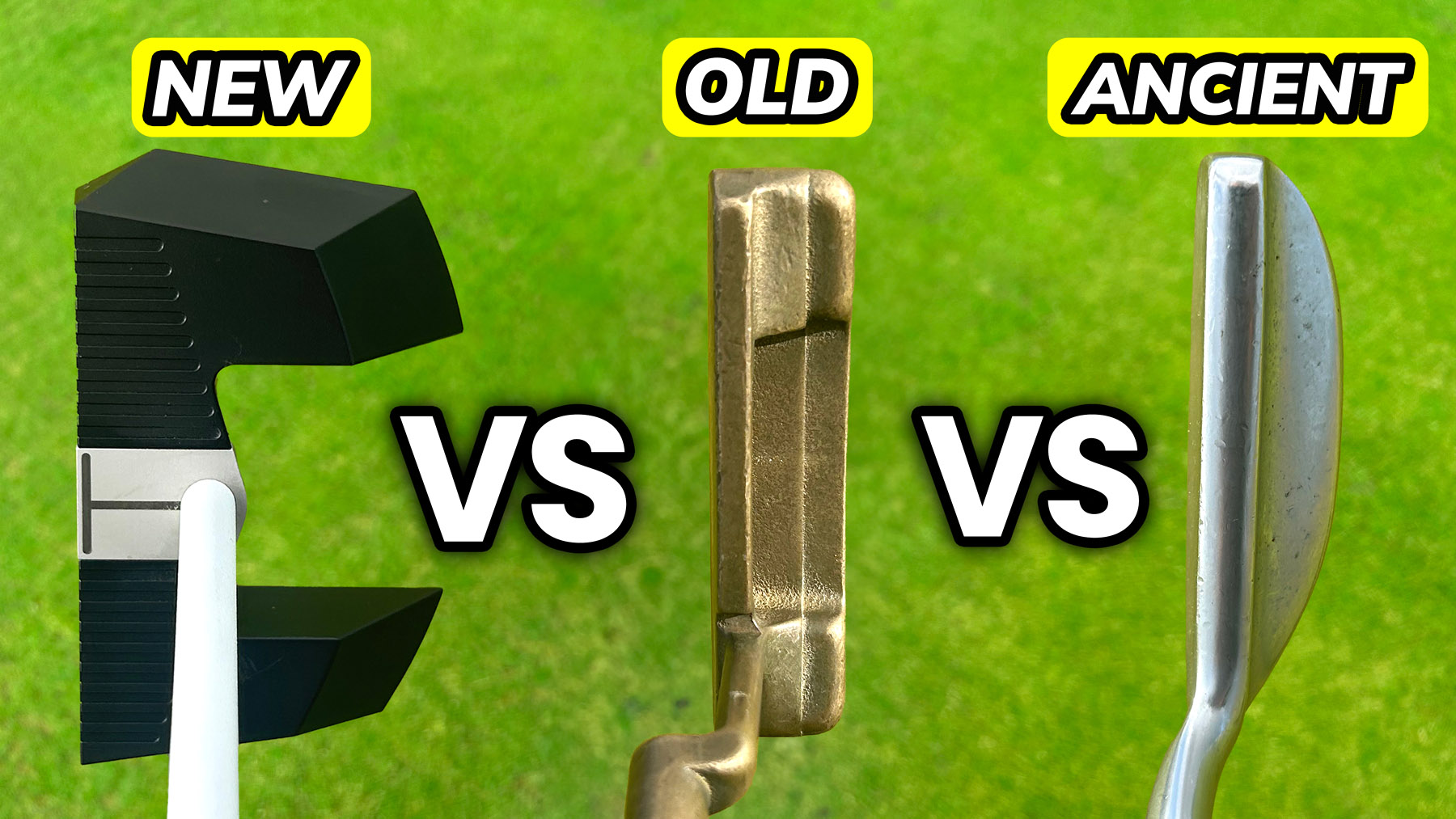

Golf equipment has slowly but surely undergone a revolution, with technology making every club - from the best drivers to the best wedges - more forgiving than ever before. But does this technological advancement hold true for the putter?
WATCH: Joe Ferguson compares three putters with very different levels of technology
For decades, the mantra has been that putting is all about feel, instinct and creativity. To test this theory, I purchased two of the most iconic putters of all time from GolfClubs4Cash - the elegant Wilson 8802 and the game-changing Ping Anser - and put them head-to-head against the modern phenomenon of the L.A.B. Golf Mezz.1 Max zero torque putter.
My mission: to see if nearly 60 years of R&D can really be quantified into performance gains on the green…
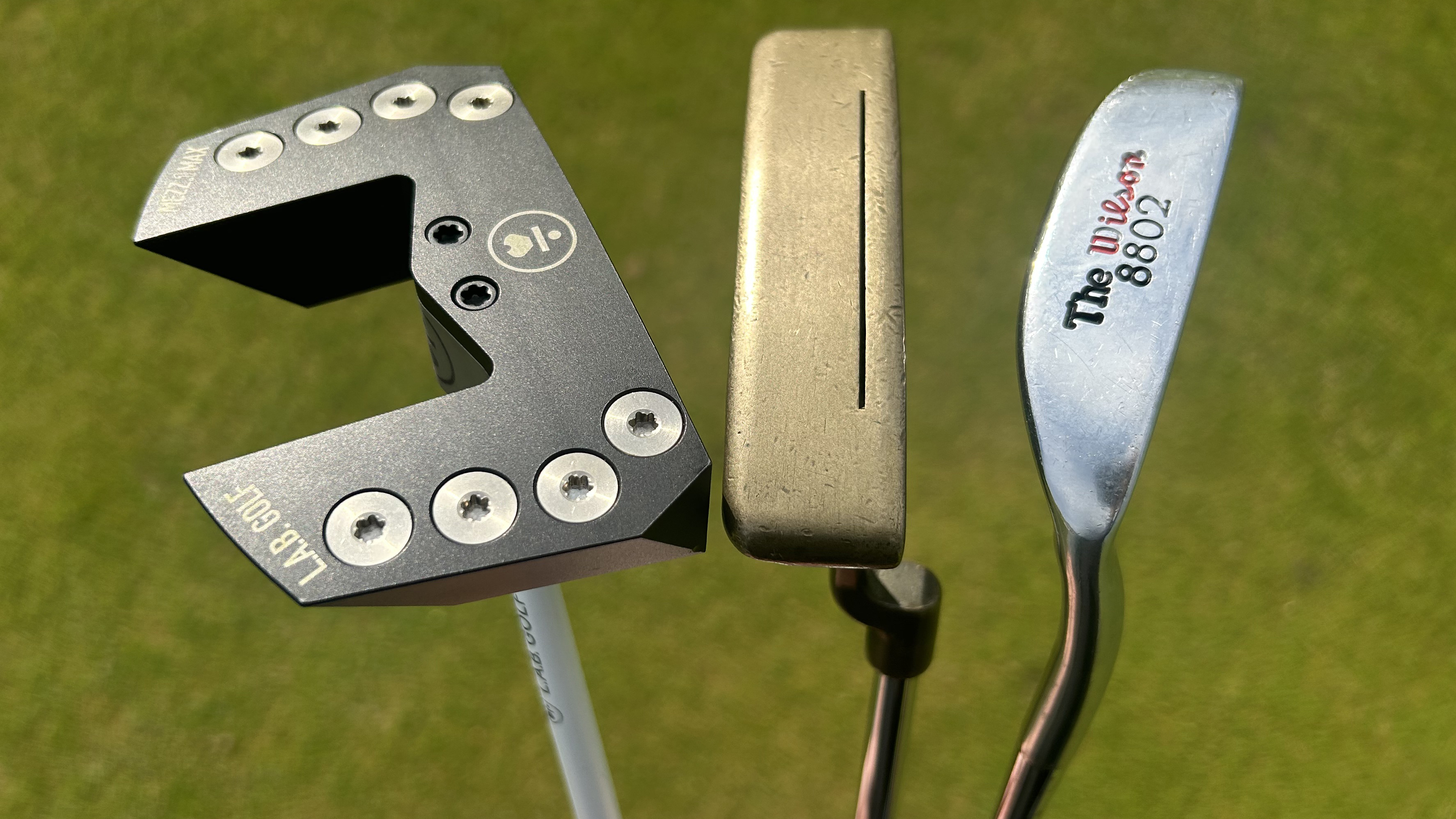
From L-R: The L.A.B. Golf Mezz.1 Max, Ping Anser and Wilson 8802 putters
The Contenders and The Technology
The three putters represented three distinct eras of design philosophy:
Wilson 8802: A true heel-shafted blade with precisely zero perimeter weighting first launched in 1962. This putter comes with a seriously heavy toe hang.
Ping Anser: The original heel-toe weighted putter. Its core technology is perimeter weighting, which increased the sweet spot and added forgiveness, a revolutionary concept when first introduced in 1966, although the model we tried dates back to roughly 1973.
L.A.B. Golf Mezz.1 Max: This utilizes Lie Angle Balance (L.A.B.) technology to eliminate torque, aiming to keep the clubface perfectly square to the path without requiring any manipulation from the golfer’s hands.
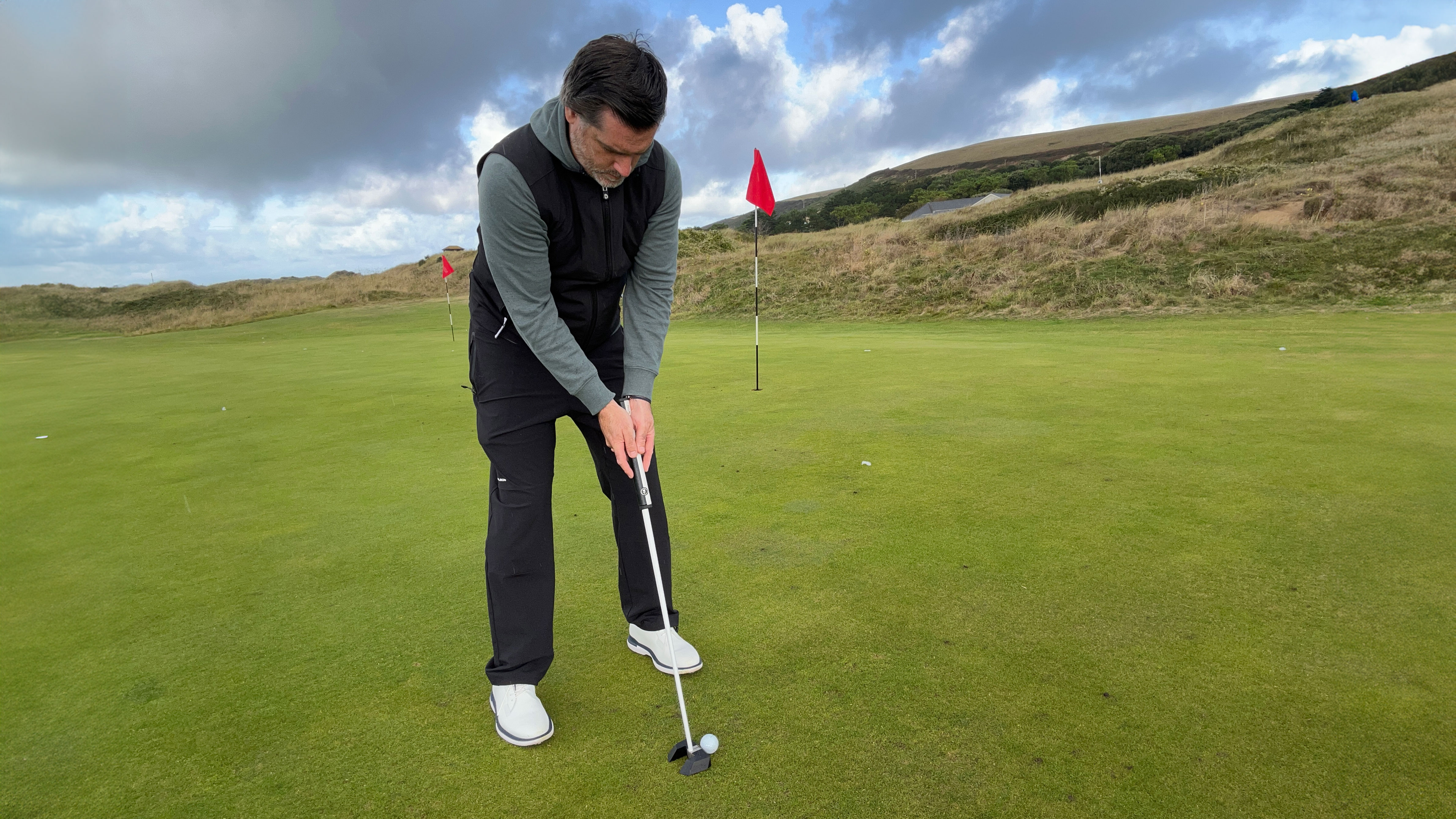
Test 1: Short Range
To test the difference these designs made, I decided to check their holing out performance from eight feet. This distance is crucial because it’s statistically the range from which PGA Tour pros hole 50% of putts. I hit ten putts with each model to give me a total.
The Wilson 8802 managed to hit the PGA Tour average, holing 5 out of 10 putts. While relatively functional, in truth, I found the heavy toe hang and its associated torque quite difficult to manage in terms of keeping the face square, requiring precise timing to try and return the blade to square at impact.
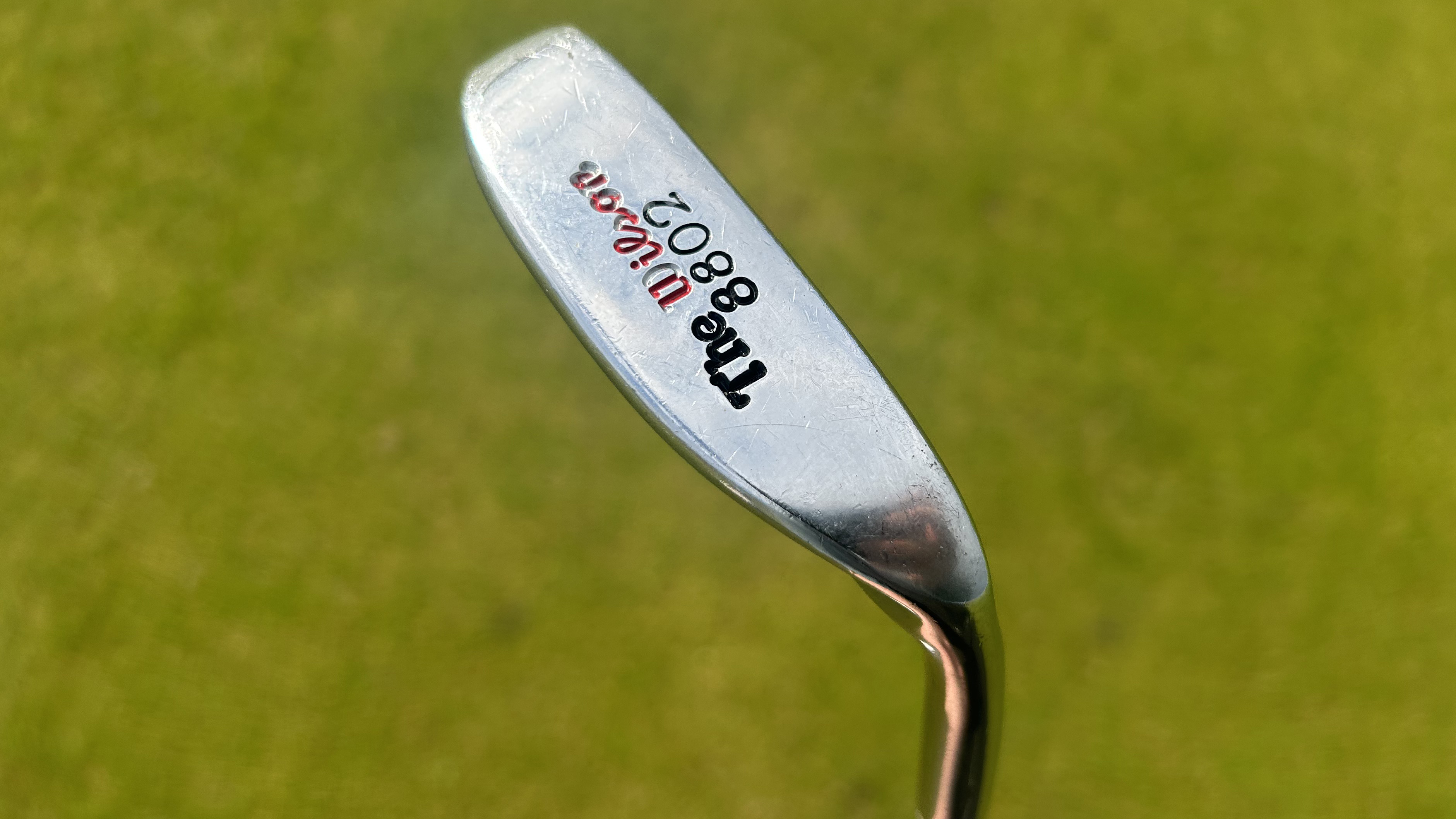
The Ping Anser fared a little better, managing a solid 7 out of 10. The extra stability on offer over the 8802, provided by a little perimeter weighting, was truly noticeable and felt very beneficial to the consistency of my start line on these short putts.
The modern test came with the L.A.B. Golf putter, and in truth, it felt almost bulletproof from the eight-foot range, managing a hugely impressive 9 out of 10. The clubface just felt so easy to keep square, which is an incredible feeling to have from this range, especially under pressure.
This performance was, in my opinion, a clear testament to the effectiveness of modern zero-torque technology, albeit over a relatively small sample size.
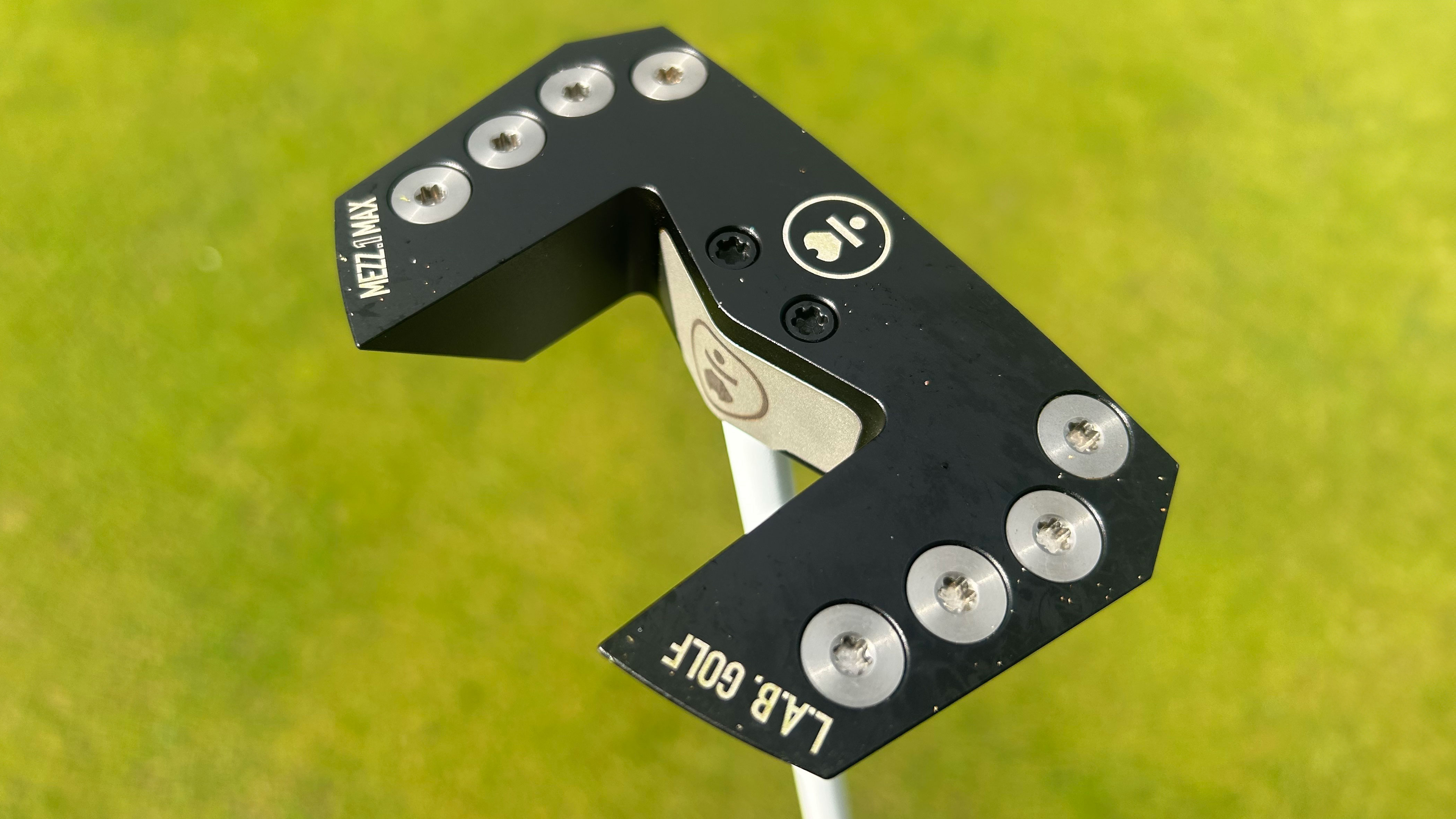
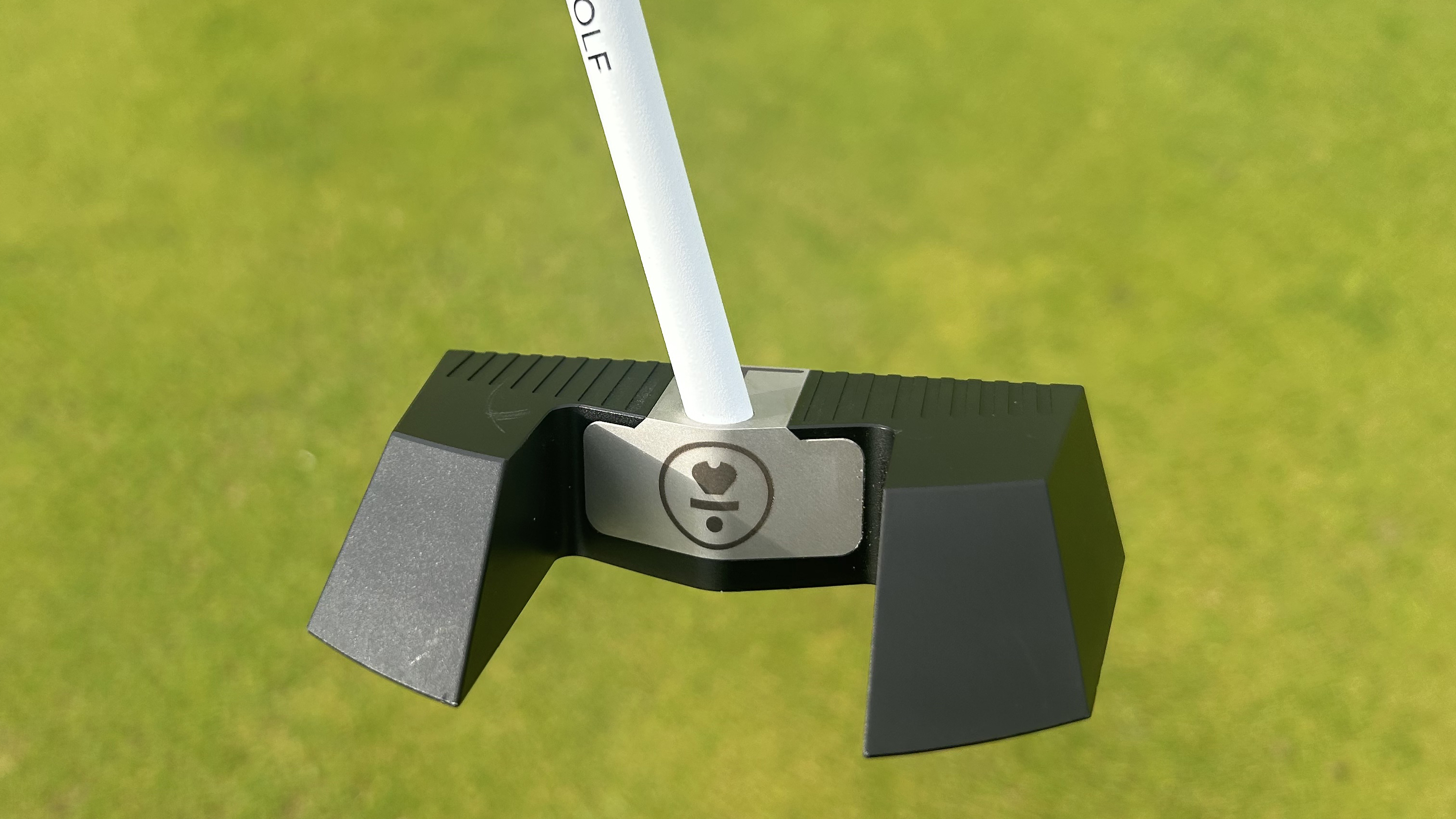
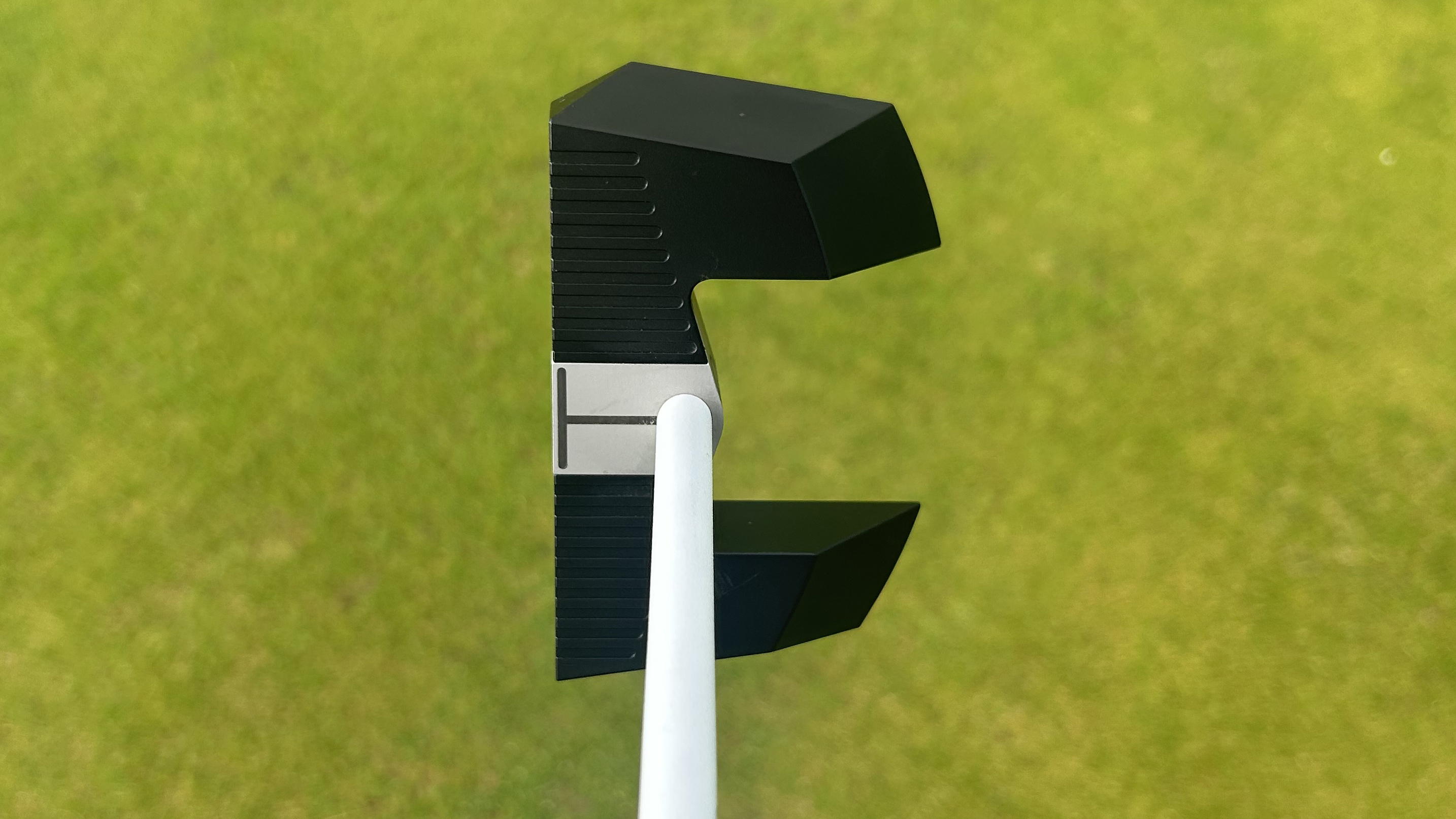
Test 2: Lag putting
Next, I moved on to some longer-range testing, hitting six putts with each model on a difficult 80-foot uphill sloping putt to test lag performance. The idea was to add up the cumulative distance from the hole of the six putts, obviously with the lowest score being the winner. I mixed up the order, starting with the Ping Anser this time.
I really enjoyed the lively feel of the Anser on these long putts, offering a little extra 'pop' off the blade at impact over its two competitors, and the cumulative distance I managed from the hole over my six efforts was 38.5 feet.
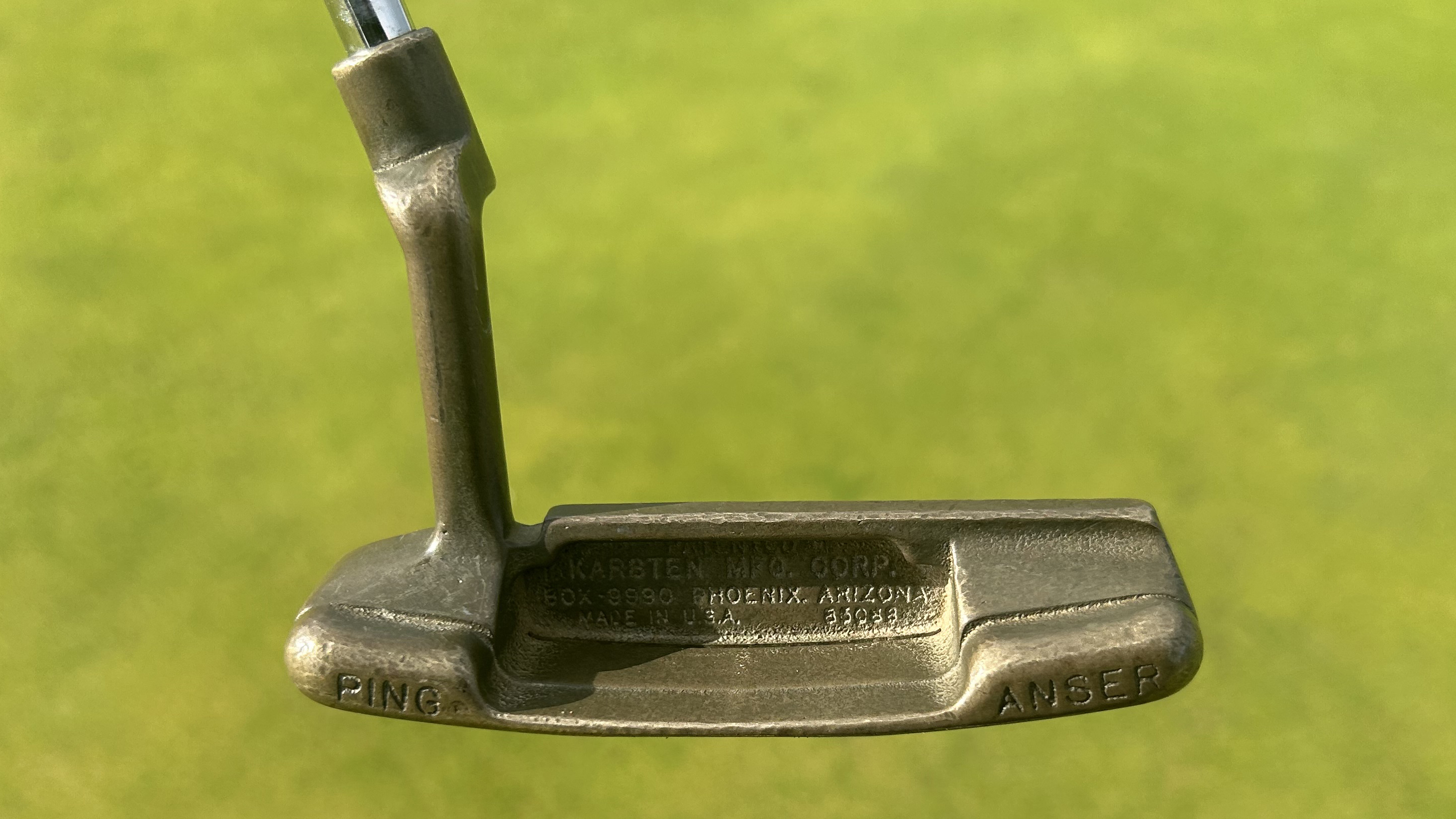
Not really knowing if this was a good number at this point, I moved on to the L.A.B. Golf Mezz.1 Max to repeat the process, and it snuck into the lead with a final total of 32.5 feet cumulatively. I really noticed the benefit of the extra MOI on offer here, being somewhat flattered on some questionable off-center strikes, which was very welcome!
Finally, I finished the test with the Wilson 8802 and was fully expecting it to really struggle due to its diminutive size and perceived lack of forgiveness.
Surprisingly, it performed brilliantly, comprehensively outperforming the other two on the longer putt test. It's simple, no frills design and heavy toe hang delivered a total cumulative distance of only 27.5 feet.
While I was expecting it to struggle from this range with penal mishits, I found that the awareness I had of the head was increased by the clear torque I could feel throughout the stroke. Although I didn't love the feeling, it gave me a clear reference point for where the head was at all times during the stroke.
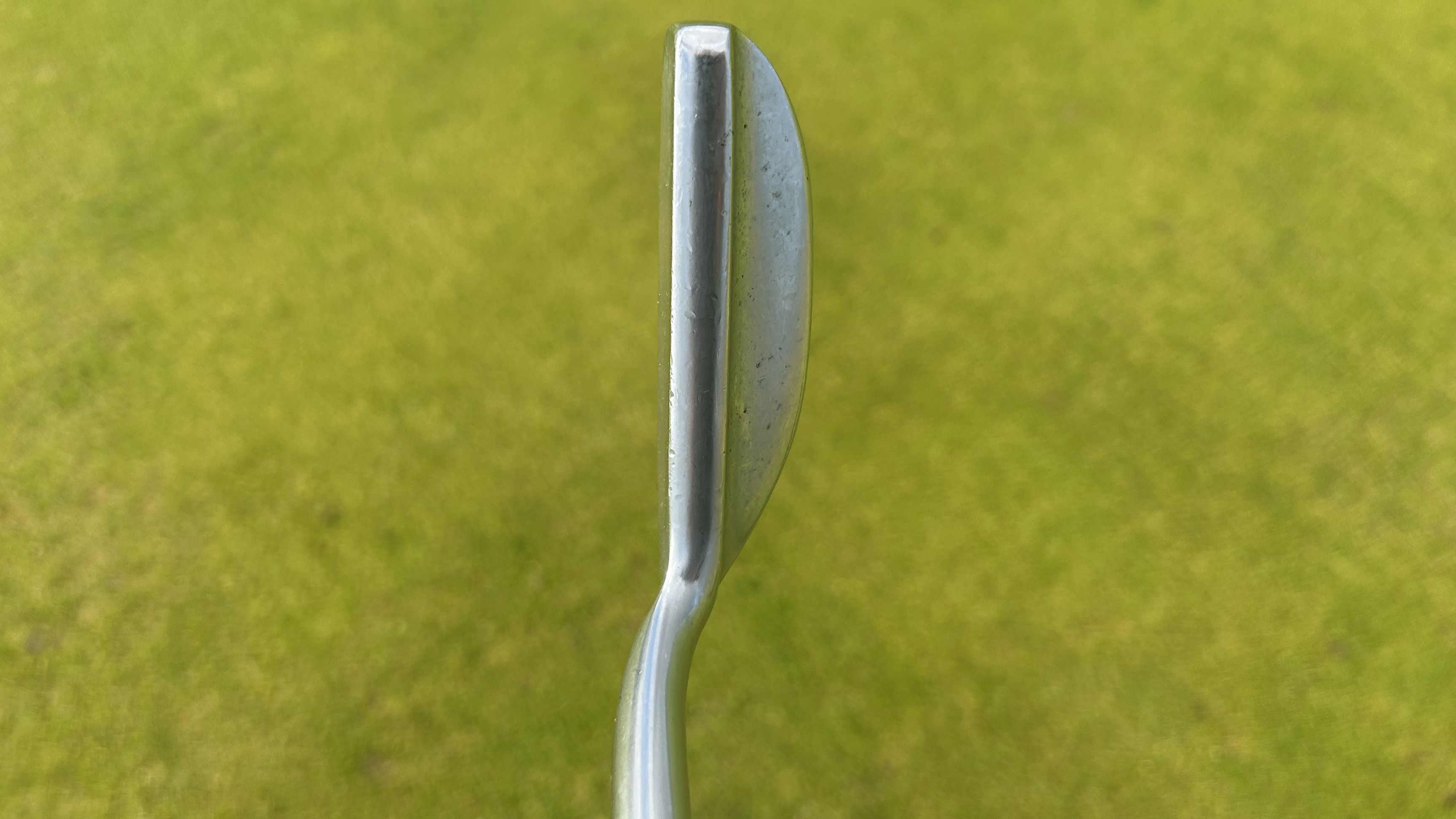
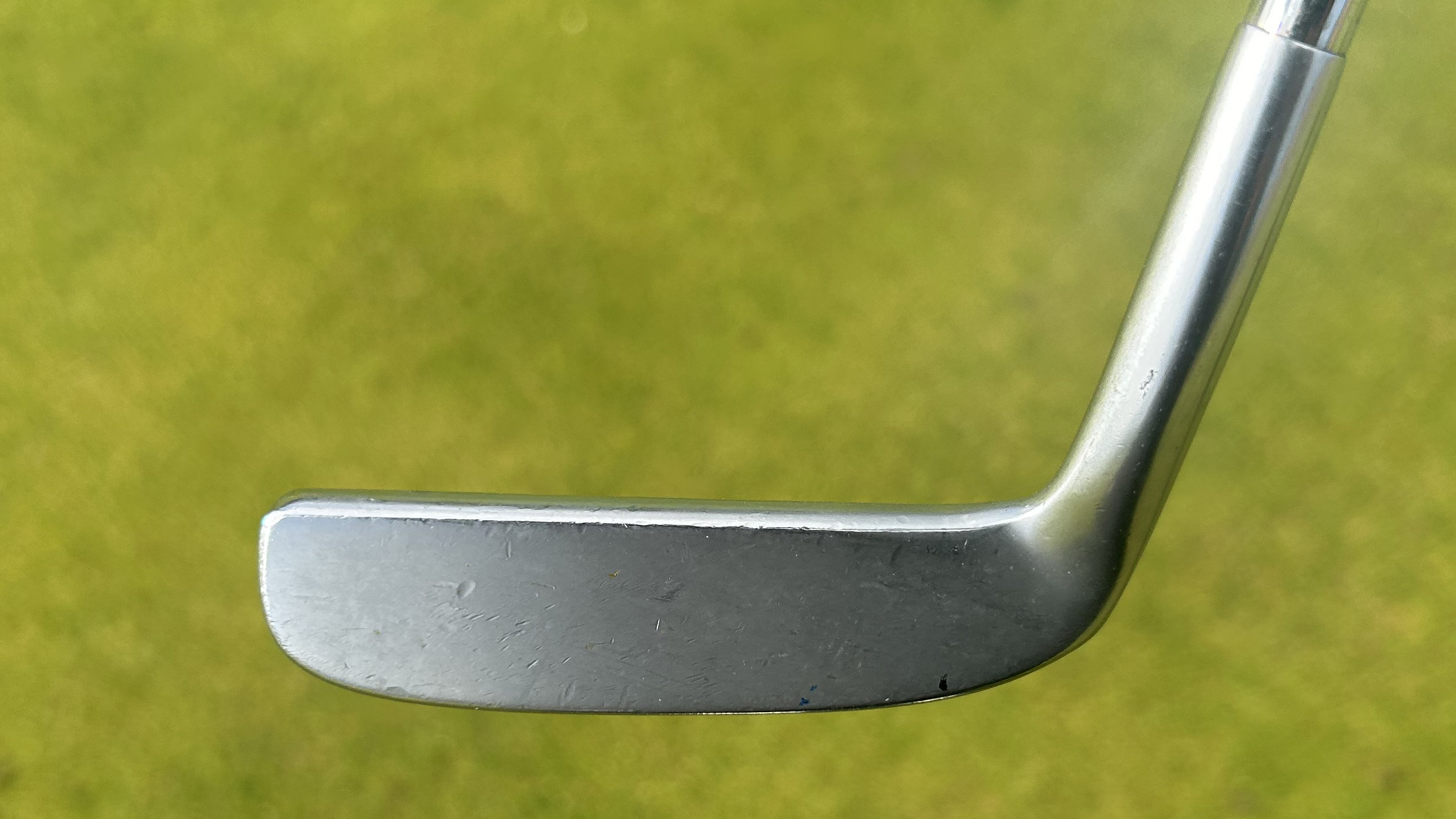
Conclusion
It was certainly fun to pit these very different putters from different eras against one another, and the results are definitely thought-provoking. The performance of the L.A.B. Mezz.1 Max from the eight-foot mark was incredibly impressive and a testament to some modern technology, suggesting that advanced engineering could absolutely help many golfers on short putts.
However, the Wilson 8802 was a big surprise on the longer putts, proving that pure head mass, simple feel, and classic design still have a place. The Anser was consistently solid through my session, finishing middle of the pack throughout.
In conclusion, it was inconclusive! Putter optimisation can be very subjective and player dependent. Golfers are able to manipulate different putters in different ways and the way a putter looks can really influence how you aim. There is credibility in the argument for technology to have a positive impact on performance, especially over a longer time period. But the old classics, like the ones I got from golfclubs4cash, can certainly still hold their own in the right hands.
Subscribe to the Golf Monthly newsletter to stay up to date with all the latest tour news, equipment news, reviews, head-to-heads and buyer’s guides from our team of experienced experts.

Joe has worked in the golf industry for nearly 20 years in a variety of roles. After a successful amateur career being involved in England squads at every age group, Joe completed his PGA degree qualification in 2014 as one of the top ten graduates in his training year and subsequently went on to become Head PGA Professional at Ryder Cup venue The Celtic Manor Resort. Equipment has always been a huge passion of Joe’s, and during his time at Celtic Manor, he headed up the National Fitting Centres for both Titleist and Taylormade. He’s excited to bring his knowledge of hardware to Golf Monthly in the form of equipment reviews and buying advice.
Joe lives in North Devon and still plays sporadically on the PGA West region circuit. His best round in recent years came earlier in 2023 where he managed a 9 under par 63 at Trevose GC in a Devon & Cornwall PGA Tournament.
Joe's current What's In The Bag?
Driver: Switch between TaylorMade Qi35 and Callaway Elyte TD - both with Fujikura Ventus Black 6-X
Fairway wood 1: TaylorMade BRNR Copper Mini Driver - Fujikura Ventus Black 7-X
Fairway wood 2: Callaway Apex UW 17˚- Fujikura Ventus Black 9-X
Irons: TaylorMade P7CB 3-PW with Dynamic Gold Tour Issue X100 shafts
Wedges: Callaway Opus 50, 54, and 60 degrees - Project X LS 6.0 shafts
Putter: LAB Golf Oz.1 (zero shaft lean)
Ball: TaylorMade 2024 TP5x
Grips: Golf Pride Tour Velvet 60R
Bag: Vessel Player IV Pro DXR Stand
-
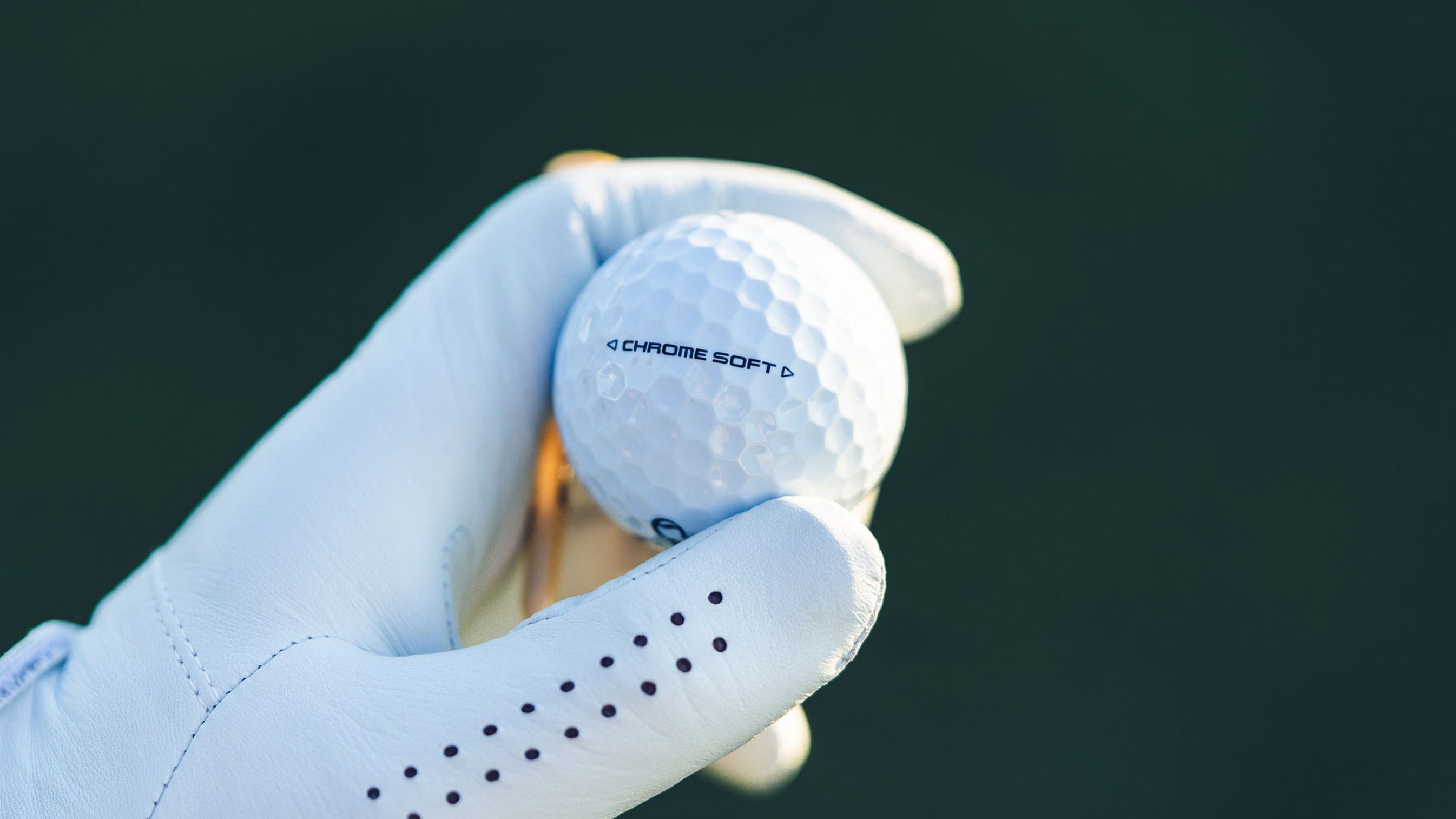 Why Wait For Black Friday? These Premium Golf Balls From Callaway Have Just Hit An Unmissable Price
Why Wait For Black Friday? These Premium Golf Balls From Callaway Have Just Hit An Unmissable PriceDeals Amazon has 18% off the Callaway Chrome Soft ball, and we'd suggest stocking up now before they sell out
-
 Why The DP World Tour Should Follow The FedEx Cup And Extend Its Play-Offs
Why The DP World Tour Should Follow The FedEx Cup And Extend Its Play-OffsThe DP World Tour season ends a bit abruptly with just two play-off events, so here's why adding an extra week like the FedEx Cup would be a good idea
-
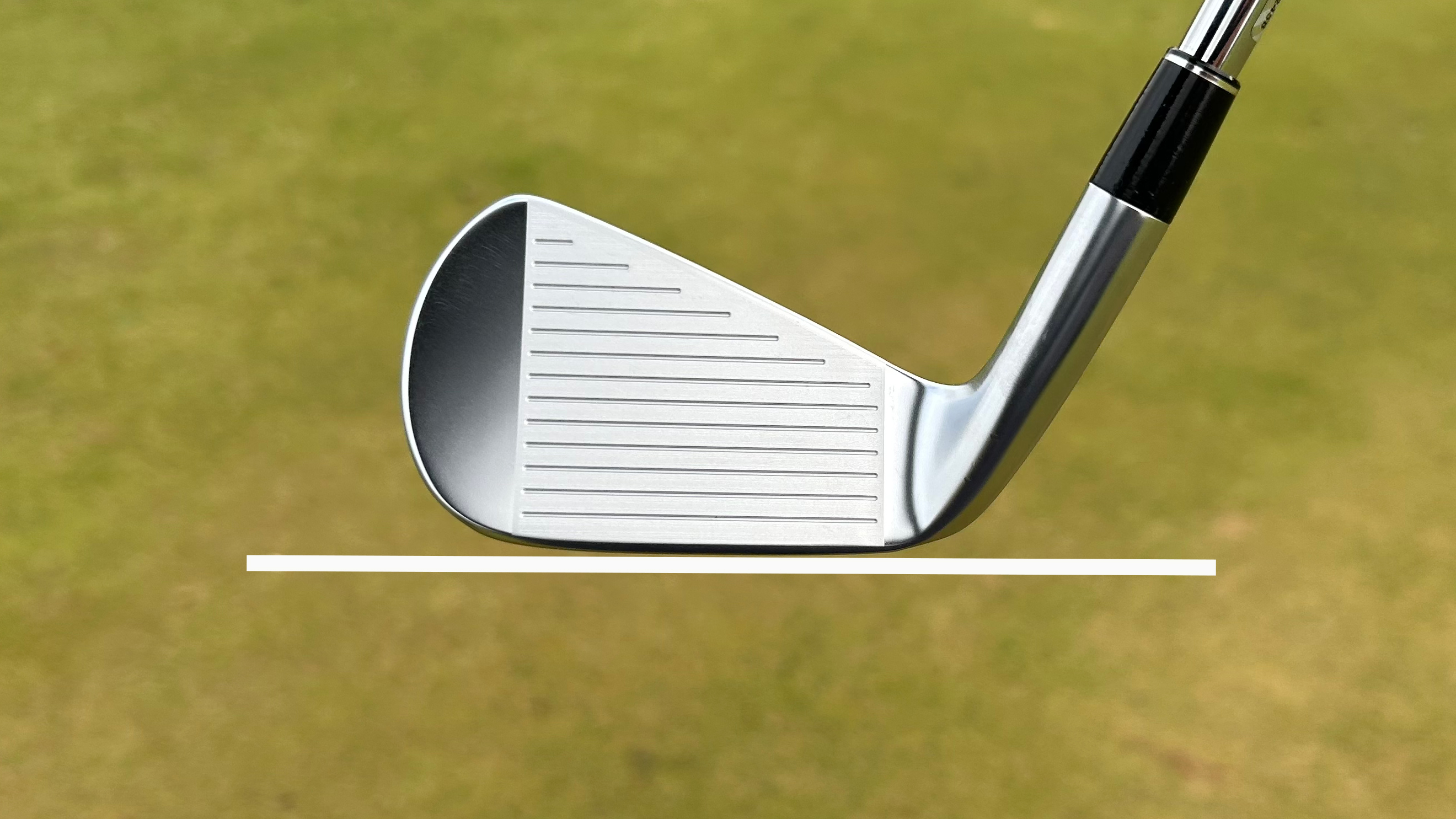 'We Could Have Been Doing It Wrong For Years' - Why The Lie Angle On Your Irons Might Need To Change
'We Could Have Been Doing It Wrong For Years' - Why The Lie Angle On Your Irons Might Need To ChangeJoe Ferguson picks up on a 'new' lie angle theory, which has him questioning whether it's being done properly
-
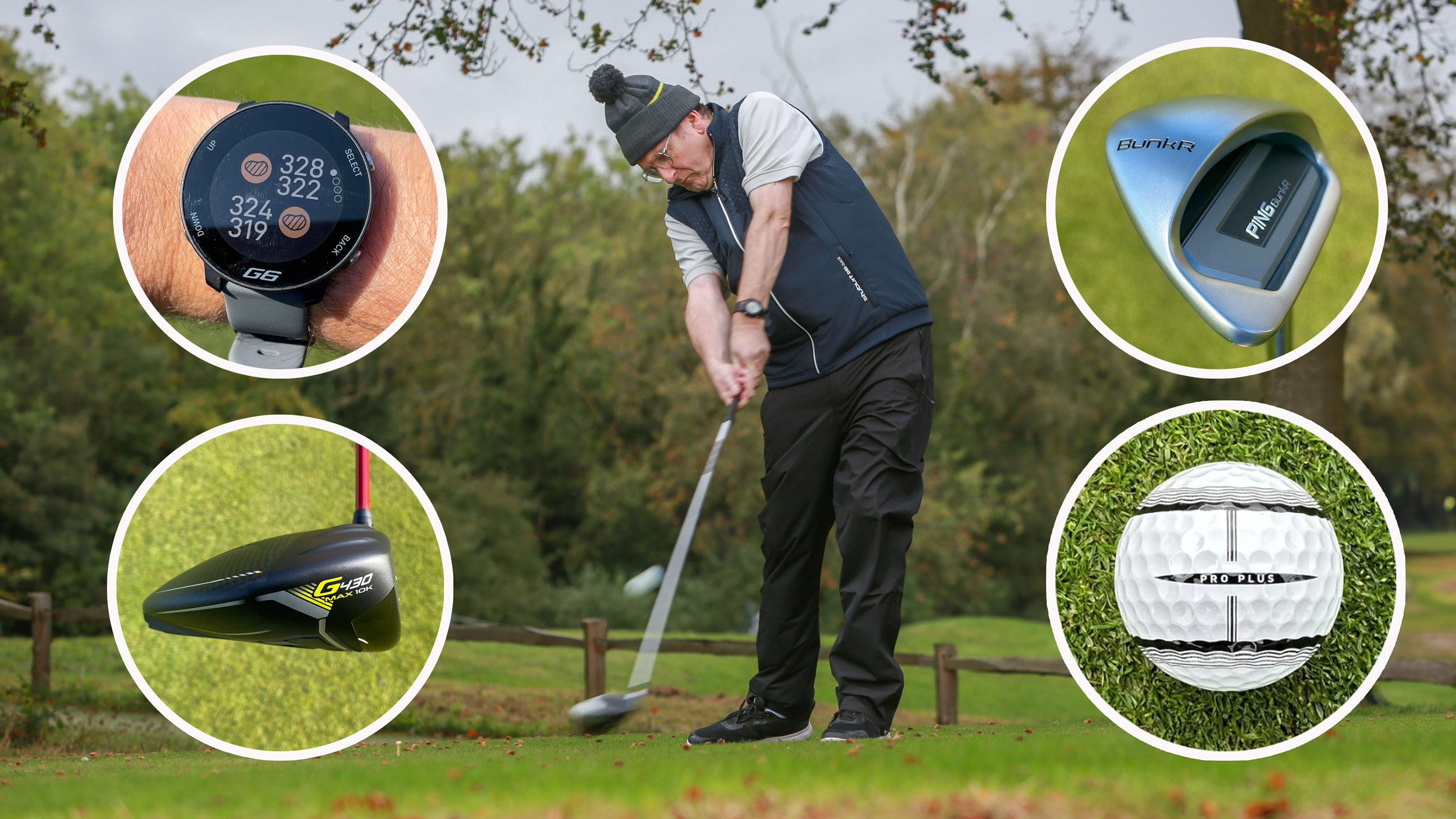 Items All Mid-Handicap Golfers Should Have In Their Golf Bags
Items All Mid-Handicap Golfers Should Have In Their Golf BagsWhat things does a golfer with a handicap index in the 10-20 range need to carry to maximise their enjoyment of a round and minimise their score?
-
 No Line Vs Line Vs Stripe Ball Test: Which Holes More Putts?
No Line Vs Line Vs Stripe Ball Test: Which Holes More Putts?In an attempt to hole more short-range putts, Joel Tadman conducted a test of three ball alignment features to see which one achieved the best results
-
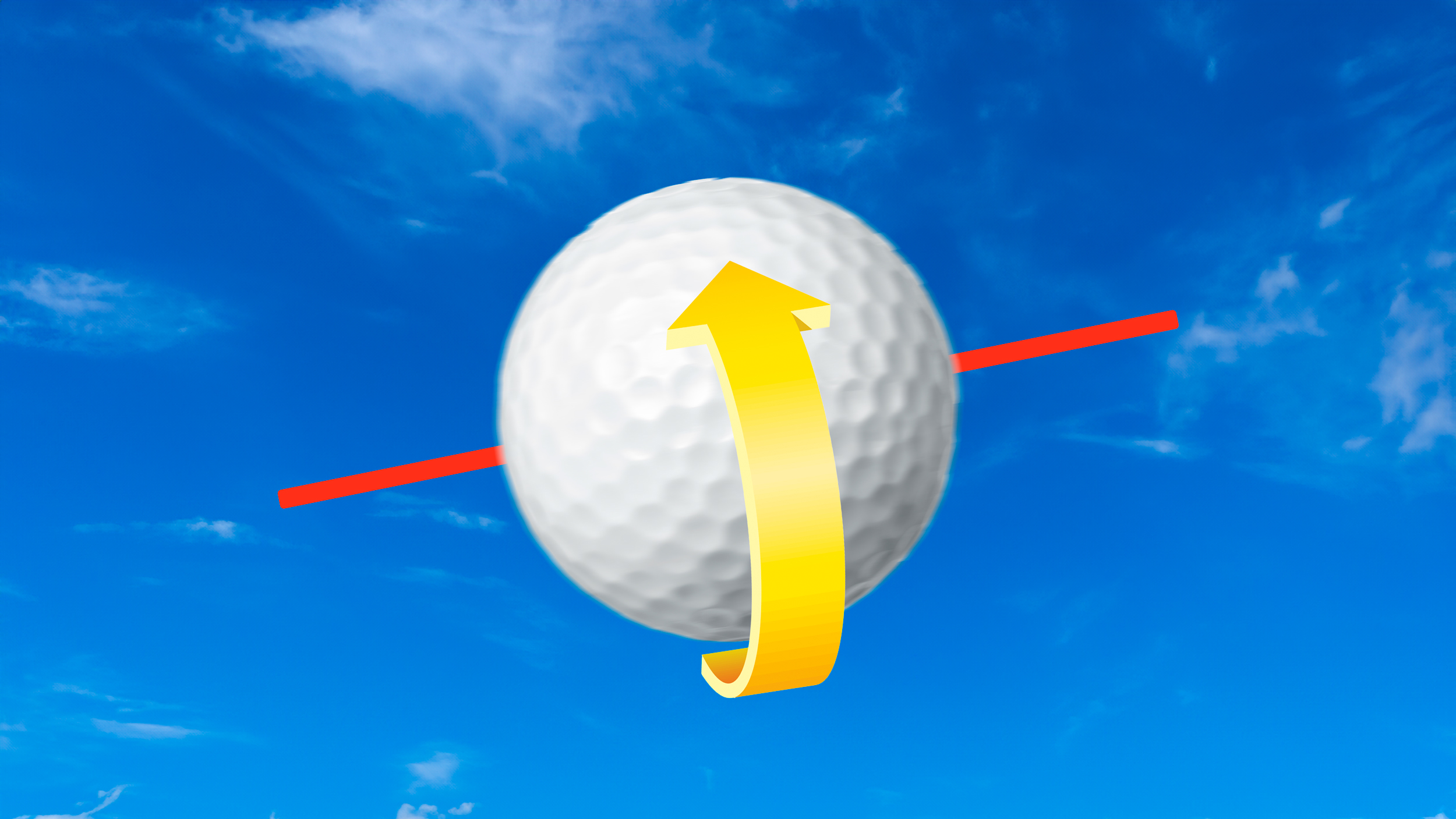 Could A Change In Ball Help You Hit It Straighter?
Could A Change In Ball Help You Hit It Straighter?Kick Point duo Dan and Joe have been discussing spin axis on the latest episode of Kick Point and how a change in ball could help reduce your dispersion
-
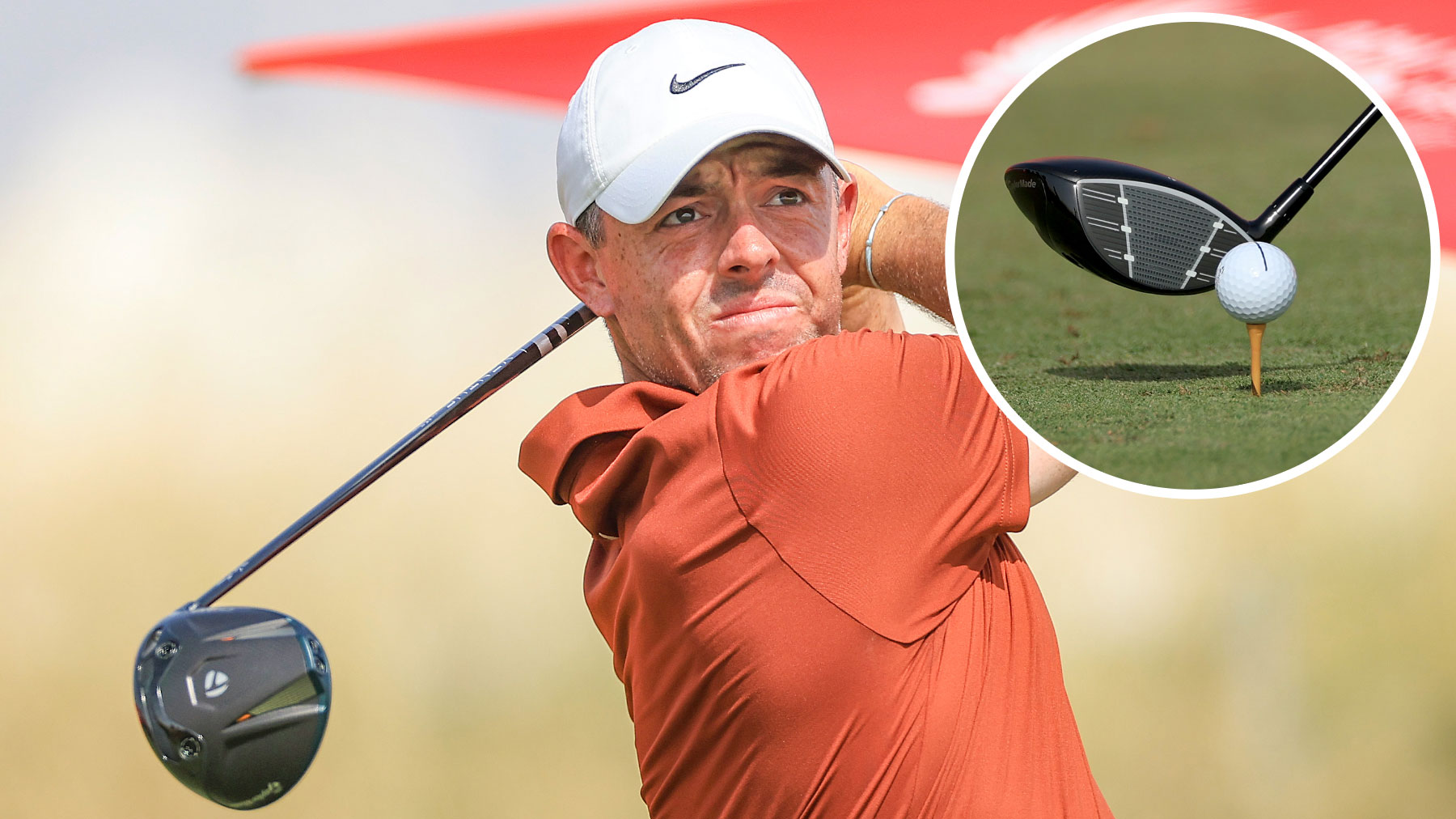 The Equipment Debrief: Rory McIlroy Puts New Driver, 3-Wood And 5-Wood In Play.... But What Models?
The Equipment Debrief: Rory McIlroy Puts New Driver, 3-Wood And 5-Wood In Play.... But What Models?Rory McIlroy and Tommy Fleetwood give us a clue as to what appears to be coming to a pro shop near you in early 2026
-
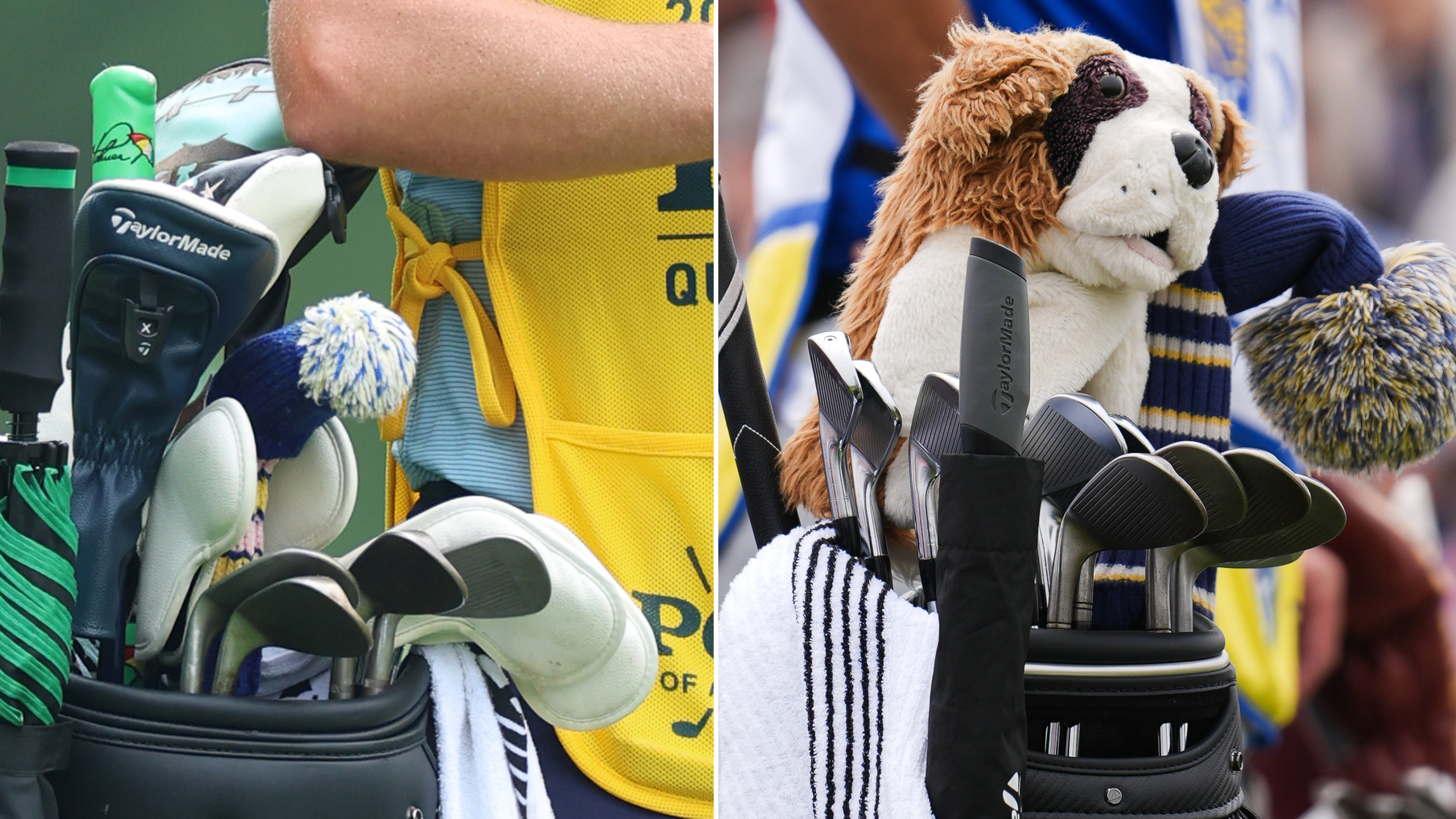 One Of Golf's Biggest Faux Pas Has Never Made Sense To Me - Why Are Iron Headcovers SO Divisive?
One Of Golf's Biggest Faux Pas Has Never Made Sense To Me - Why Are Iron Headcovers SO Divisive?There are few things less accepted in modern-day golf than players using headcovers for their irons - but why on earth is this the case?
-
 Kick Point: The Golf Gear Show - Ask The Pod!
Kick Point: The Golf Gear Show - Ask The Pod!It's our favourite part of the show, and hopefully yours too! Ask us anything about equipment and join the conversation with fellow listeners and viewers here.
-
 The Equipment Debrief: The Most Played Driver, Iron, Ball, Wedge And Putter On The 2025 PGA Tour
The Equipment Debrief: The Most Played Driver, Iron, Ball, Wedge And Putter On The 2025 PGA TourWhich models lead the way in each category? We take a look at the numbers as part of our new weekly equipment debrief
